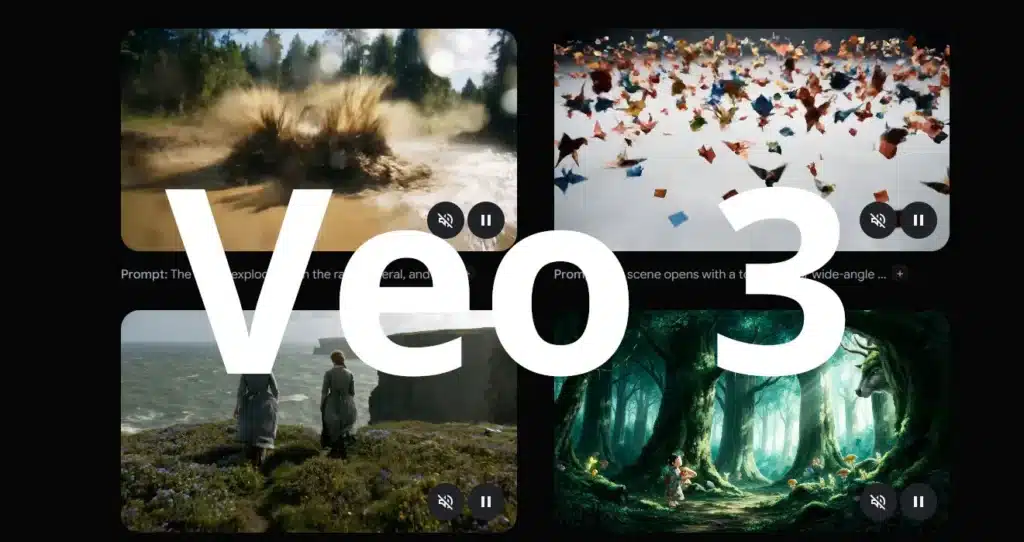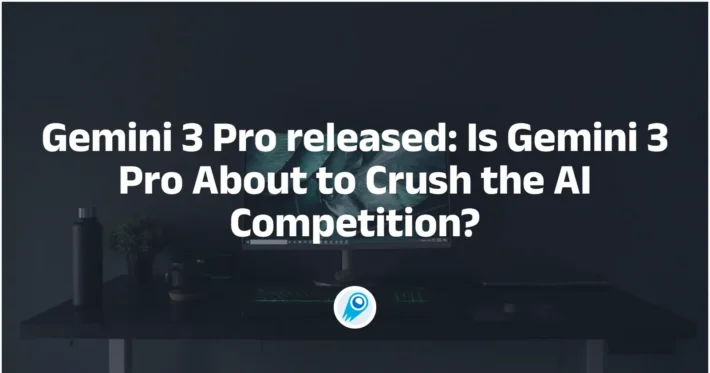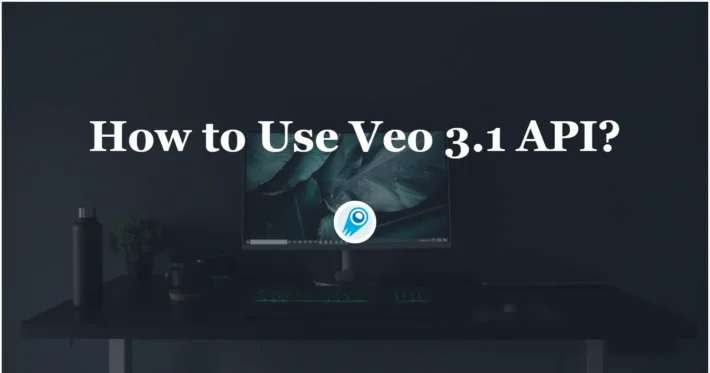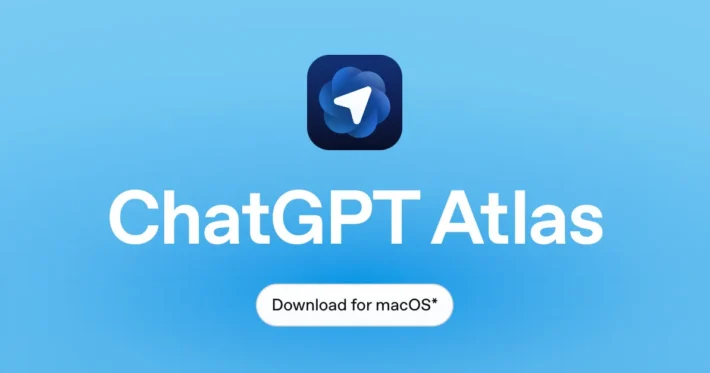How to Prompt Veo 3?

I’m thrilled to dive into Veo 3, Google DeepMind’s groundbreaking AI video generation model. Over the past week, Veo 3 has dominated headlines, social feeds, and creative conversations. From satirical reels roasting influencer culture to mock pharmaceutical ads that feel startlingly real, creators and marketers alike are experimenting with Veo 3’s uncanny ability to translate text prompts into polished, cinematic video clips complete with dialogue, sound effects, and music ([The Economic Times][1], [Axios][2]). In this article, I’ll walk you through Veo 3’s core features, its current applications, how you can get started, and best practices for crafting prompts that yield spectacular results.
What Is Veo 3 and Why Does It Matter?
Veo 3 is Google’s cutting-edge AI video generation model, first unveiled at Google I/O 2025. Building on earlier iterations, Veo 3 transforms text—and even image—prompts into high-definition video clips complete with synchronized dialogue, ambient sounds, and musical scores. This native audio integration sets it apart from competitors, allowing creators to script not just visuals but the full sensory experience in a single workflow.
Under the hood, Veo 3 leverages advances from Google DeepMind and the Gemini family of foundation models. These enable the system to interpret nuanced natural-language instructions, render realistic human motions, and compose context-aware audio, all within a matter of minutes for short-form outputs. While still in experimental release, the model has already generated viral clips—such as the self-aware AI characters from filmmaker Hashem Al-Ghaili—that showcase its uncanny ability to blur the line between real and synthetic media.
Which New Capabilities Can You Leverage?
- Full Audio Integration: Veo 3 automatically synchronizes lip movements with generated speech and layers in sound effects, ambient noise, and background music—features absent in its predecessor and rival Sora.
- Enhanced Prompt Adherence: By tapping into Gemini, Veo 3 interprets prompts with greater fidelity, producing outputs that closely match a creator’s vision without extensive manual tweaking .
- Physics-Aware Rendering: The model demonstrates sophisticated handling of real-world physics—such as water splashes or cloth dynamics—resulting in more believable visuals.
- Iterative “Flow” Workflow: Google’s newly announced Flow interface allows for rapid, conversational prompt refinement, so users can adjust scene elements frame by frame in an intuitive, test-and-tweak loop.
How Can You Craft Effective Prompts for Veo 3?
What Constitutes the “Anatomy” of a Good Prompt?
An effective Veo 3 prompt typically comprises core components:
- Scene description: A concise yet vivid depiction of the setting, characters, and actions (e.g., “A stormy lighthouse cliff at dusk, waves crashing against jagged rocks”).
- Audio directives: Explicit guidance on ambient sounds, dialogue style, and music (e.g., “Include distant seagull calls, a low rumble of thunder, and a voiceover in a gravelly tone”).
- Cinematic specifications: Instructions for camera angles, lens style, and lighting (e.g., “Use a slow 35 mm tracking shot, emphasize the silhouette with backlighting”).
- Emotional or thematic tone: Clarify mood, pacing, and narrative intent (e.g., “Convey a sense of looming danger and solitude”).
- Output format: Resolution, aspect ratio, and duration (e.g., “Render in 4K, 16:9 ratio, 15 seconds”).
By structuring prompts in this layered format—much like a screenplay—creators can leverage Veo 3’s multimodal strengths to achieve cohesive results without multiple rounds of manual editing.
How Does Flow Simplify Prompt Engineering?
Google’s Flow interface, showcased in the official blog, abstracts away complex parameter settings into natural-language dialogues. Instead of toggling low-level controls, you can ask Flow to “add a gentle rain sound under the dialogue” or “make the sky at dusk instead of morning,” and see immediate updates . This iterative approach transforms prompt engineering into a more organic, feedback-driven process, reducing trial-and-error cycles.
Examples of effective prompts
- Narrative clip: “A weary astronaut drifting through a dimly lit spaceship corridor; echoing footsteps; suspenseful piano score; whispered inner monologue.”
- Product showcase: “A rotating 3D render of a sleek smartphone on a white pedestal; soft pop-electronic background track; upbeat male voice-over.”
- Educational animation: “Cartoon solar system model; labeled planets orbiting; cheerful female narration explaining planetary composition; light ukulele music.”
Usage example: Creating a cinematic scene with Veo 3
Defining the creative brief
Imagine you’re a short-film director tasked with a 30-second opening scene that establishes mood and character. The brief calls for noir stylings, rain effects, and introspective voice-over.
Constructing the prompt
css“A dimly lit city rooftop at 2 AM; neon signs reflecting off wet concrete; camera pans from close-up of a discarded umbrella to a silhouetted figure smoking; distant thunder; melancholic saxophone score; deep male voice-over saying, ‘In this city, hope is the rarest currency.’”
Interpreting outputs and refining
First draft may capture visuals but misplace the voice-over timing.
Refined prompt: Add “voice-over synchronized at 00:08–00:14 with slow crossfade.”
After two iterations, you achieve seamless audio-visual alignment, ready for color grading and compositing.
What Advanced Techniques Elevate Your Veo 3 Prompts?
How Can You Chain Prompts with Flow?
Advanced users are exploring multi-stage pipelines:
- Storyboard Prompt: Generate a rough “animatic” sequence describing key beats.
- Refinement Prompt: Feed the animatic into Flow, instructing it to “enhance facial expressions in scene 2” or “add moss to the stone walls.”
- Final Mixing: Craft a dedicated audio prompt (“blend in a cinematic score with orchestral swells at minute 0:15”) to polish the soundscape .
This modular approach yields a layered production workflow, reminiscent of live-action filmmaking.
What Role Do Image References Play?
Veo 3 also accepts image-based prompts, allowing you to anchor your videos in specific visual styles or character designs. By uploading concept art or mood boards alongside textual instructions (“emulate the color palette of this sunset photo”), you provide Veo 3 with richer guidance, reducing ambiguity and boosting stylistic coherence.
Ethical and Legal Considerations
How do you navigate authorship and consent?
Veo 3’s lifelike outputs raise novel questions around creative ownership. Since the model synthesizes footage informed by its training data—potentially including copyrighted material—users must exercise caution:
- Use original prompts: Avoid instructing the model to replicate specific scenes from copyrighted films or videos.
- Credit AI involvement: Clearly state in any published work that video elements were AI-generated via Veo 3.
- Secure talent releases: If directing AI-generated likenesses that closely resemble real individuals, obtain releases or use entirely fictional character descriptions.
What are the risks of misinformation?
Hyperrealistic AI videos can be weaponized for deepfakes and disinformation. The Verge’s coverage of Veo 3 highlights how easily an AI-generated news anchor can fabricate events “as realistic as hell” . To mitigate misuse:
- Embed AI watermarks: Where possible, use metadata or visible markers to denote AI origin.
- Limit public distribution: Reserve highly sensitive or believable content for closed environments until verification frameworks mature.
- Advocate for regulation: Support industry standards and legal frameworks that mandate transparency and ethical use of generative AI.
How do subscription tiers affect your access to Veo 3?
What are the trial limitations and region restrictions?
Currently, Veo 3 is available through Google AI Pro’s limited trial program in the United States. Trial users can generate short clips (up to 8 seconds) but face watermarking and capacity caps. Global rollout timelines remain unannounced, and non-US users must wait for official expansion.
What subscription options are there (Pro vs. Ultra)?
- Google AI Pro (\$19.99/month): Access to Veo 3 trial features—watermarked outputs, limited resolution.
- Google AI Ultra (\$249.99/month, or \$124.99/month for initial three-month discount): Full-resolution exports, longer clip duration, priority queue, enterprise-grade SLA. Ultra subscribers can generate unlimited clips with no watermark, making it suitable for professional workflows and commercial use .
Conclusion
By adhering to these strategies—understanding Veo 3’s capabilities, mastering prompt structure, iterating with Flow, and upholding ethical standards—creators can unlock the full power of AI-driven video. As Veo 3 continues to evolve, those who refine their prompting techniques will lead the next wave of cinematic innovation.
Getting Started
CometAPI provides a unified REST interface that aggregates hundreds of AI models—including Gemini family—under a consistent endpoint, with built-in API-key management, usage quotas, and billing dashboards. Instead of juggling multiple vendor URLs and credentials.
Developers can access Veo 3 API through CometAPI, the latest models listed are as of the article’s publication date. To begin, explore the model’s capabilities in the Playground and consult the API guide for detailed instructions. Before accessing, please make sure you have logged in to CometAPI and obtained the API key. CometAPI offer a price far lower than the official price to help you integrate.
.



